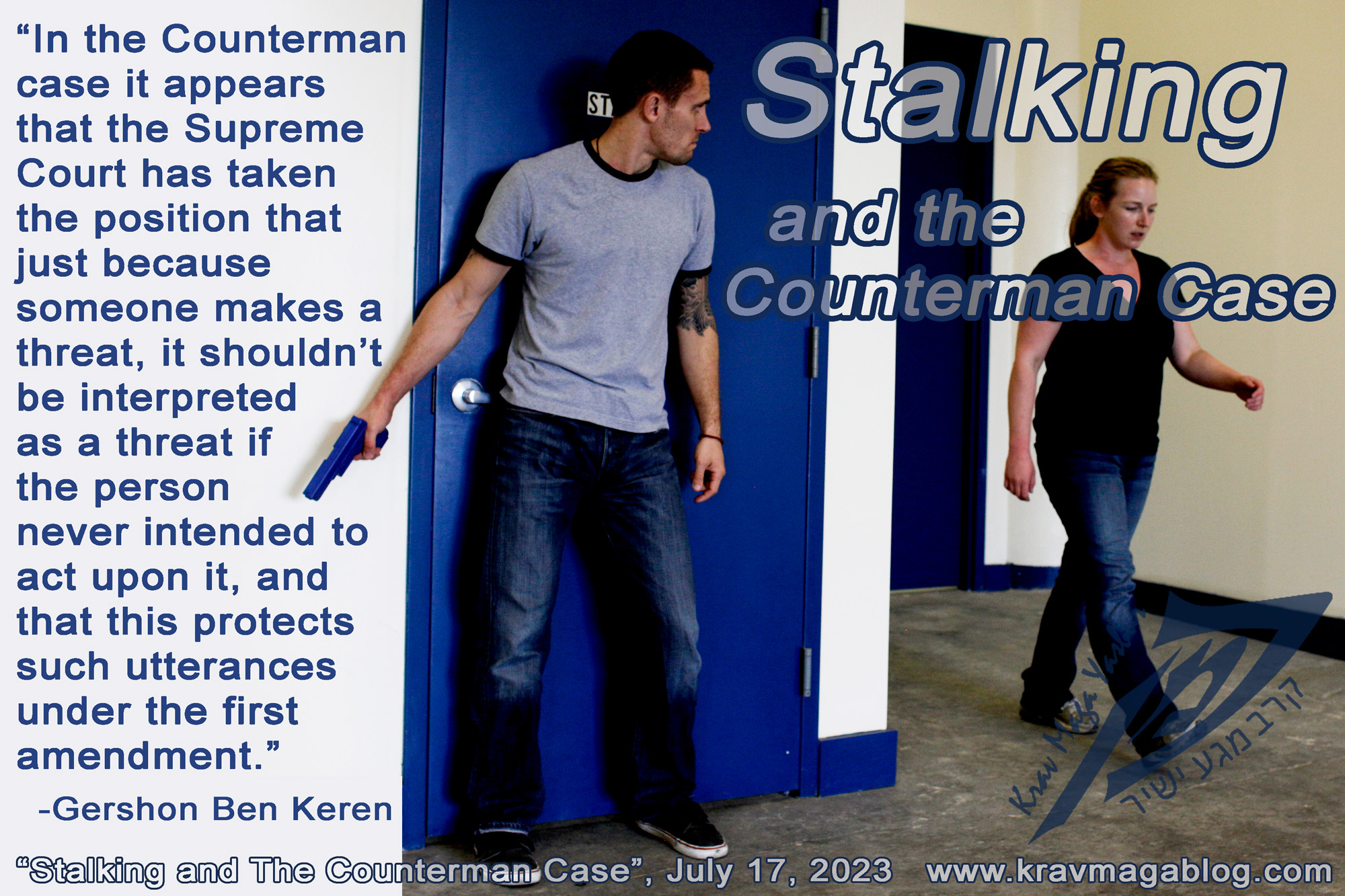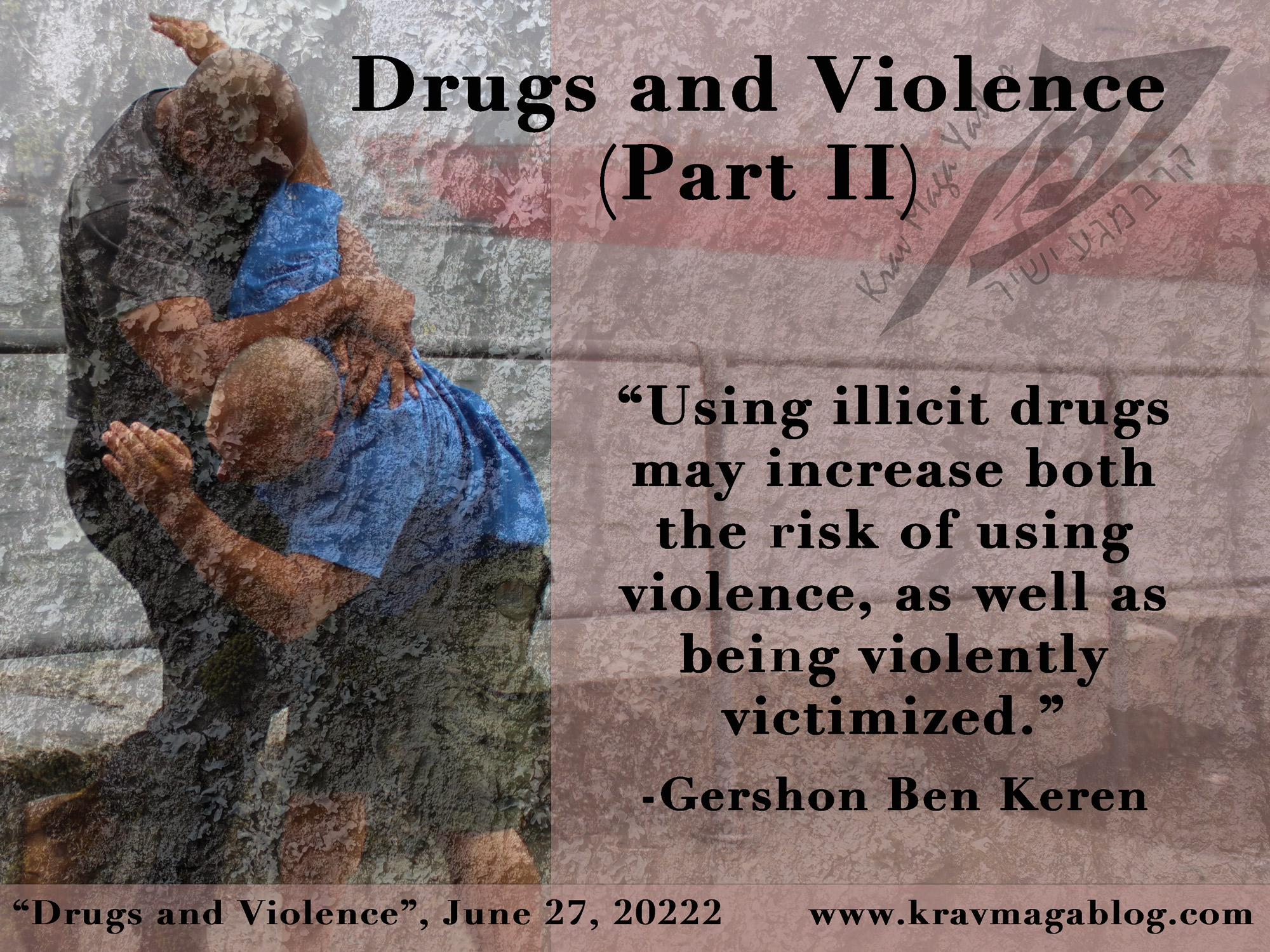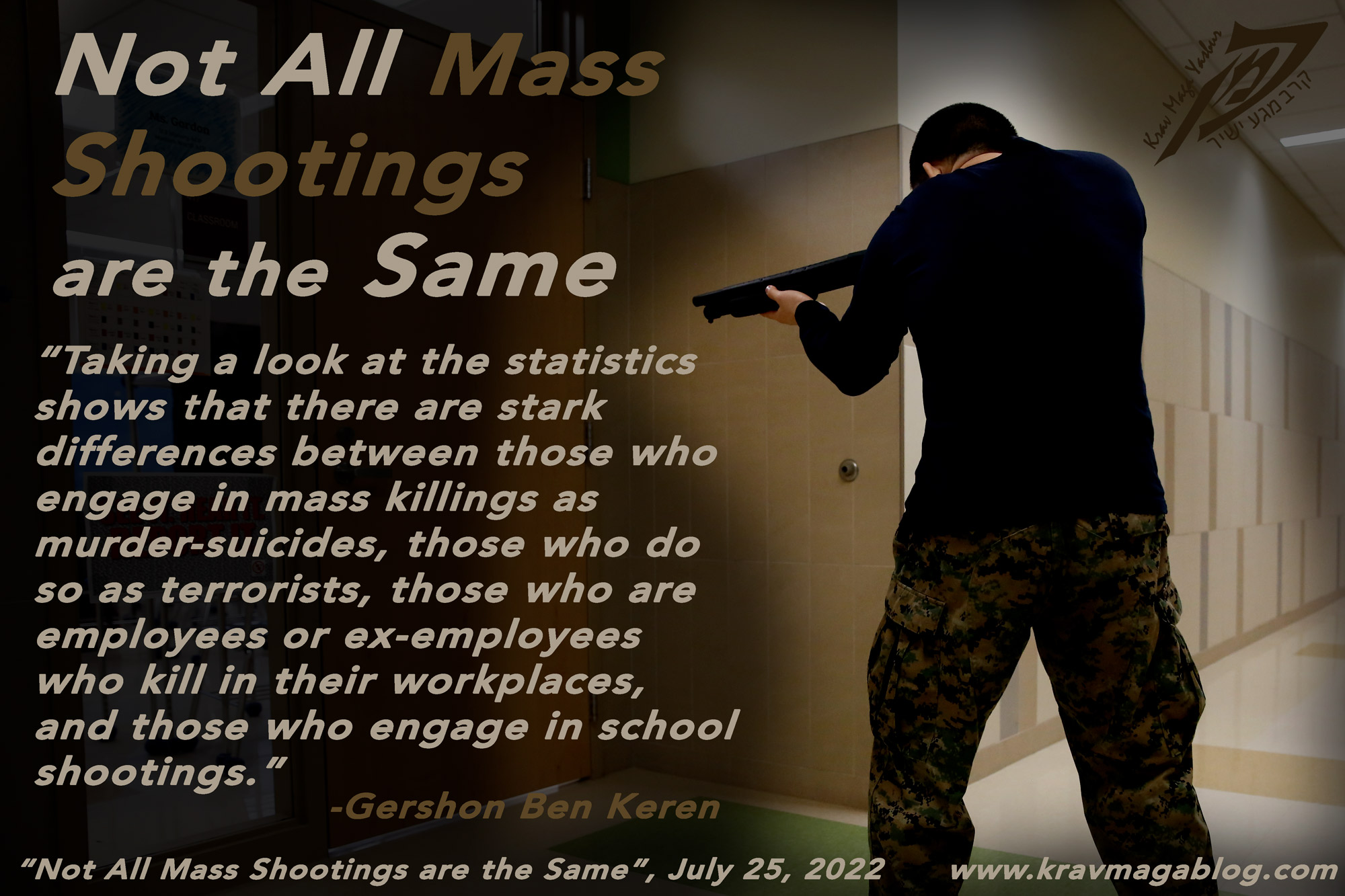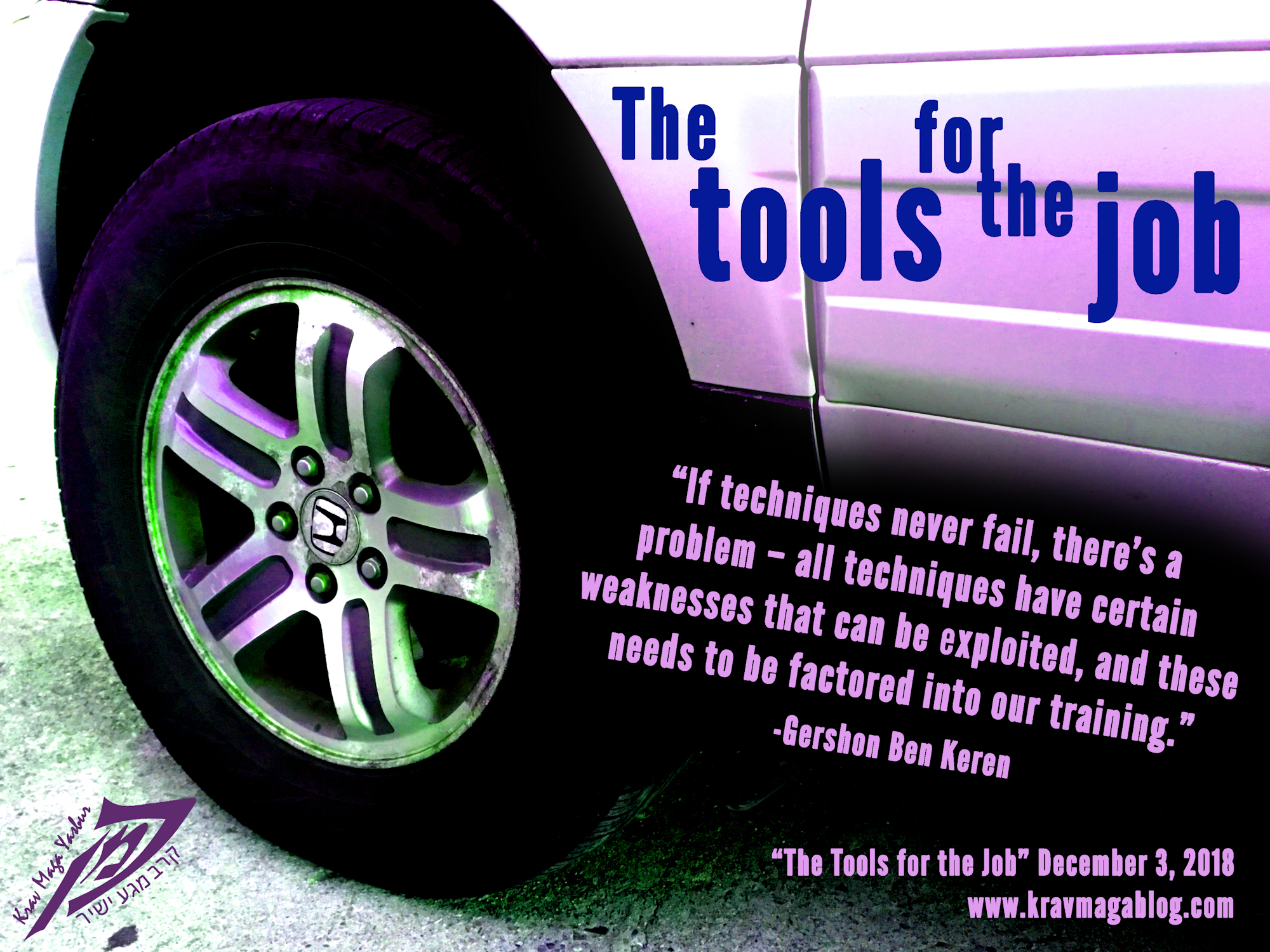The Other End Of The Aggression Spectrum, is an article written by Gershon Ben Keren, a 5th Degree Black Belt in Krav Maga, who teaches Krav Maga in Boston, MA. He has also authored three Amazon best-Selling Books on Krav Maga.
Most violence and aggression that we face day-to-day is low-level. This doesn’t mean that such incidents can’t and won’t escalate, but on the whole, uncomfortable as they may be to experience, they are pretty benign e.g. people are more likely to experience aggressive, verbal confrontations than they are to experience physical ones – and most physical acts of aggression, at least initially, are relatively minor; moving/bumping/pushing into somebody, grabbing, finger-jabbing at the chest, etc. Obviously, such behaviors and actions aren’t insignificant, and can’t/shouldn’t be ignored – and when contact is made, legally constitute battery – but there may be more effective ways to deal with them, than to simply start swinging/punching back. There are also those who will use low-level surreptitious “attacks” to test our response(s). There was a common one in the North of England when I first started working door security, in which one group would approach another group, and in a seemingly friendly manner, ask them if they were having a good time, etc. One of them would then put their arm around a member of the other groups shoulders, and start telling him that he was his best friend, that it was great they were all having a good time, etc. It was a pure act of dominance, testing him and his friend’s response to the group’s seemingly friendly overtures. If the individual, asked for him to remove his arm or tried to remove it, he would become offended, and get aggressive, asking what his problem was, and demand that he buy him and his friends drinks as an apology. If he didn’t try to remove the arm, and/or nobody in the group seemed to want to make a response, they’d be judged as being submissive and confrontation-adverse, and be bullied/menaced into buying drinks for the other group. These are the type of situations where shouting “back off!”, or punching the other person in the face, may escalate things and make it worse, but at the same time there is a need to enforce our boundaries, and not set ourselves up as a target to be exploited further, etc. These are also the types of interactions where the other person(s) won’t just go away if you ignore them; they have to be dealt with.
Whilst we may spend a lot of our practice time, learning how to defend against knife stabs, and shanks, how to punch with power, and/or escape from headlocks and holds, etc. little time is often devoted to dealing with these types of incidents; the ones which occur in those grey areas, where it’s not clear, what the other person or party wants from the interaction – and whether they are in fact acting aggressively, and/or in a way where violence is an inevitability for them. These are also the types of situations that it may not be possible for us to remove ourselves from; unfortunately, disengagement isn’t always an option. Do we teach and practice solutions to situations where an individual asks if we’re looking at them i.e. “Hey pal, are you looking at me?” You answer “no” and you’re a liar, which will become the next issue e.g. “Why are you lying to me?”. In response, you tell them you’re not, and suddenly you’re being guided down a twisting rabbit hole, you’ll never get out of. In any of these types of challenges, you have to own it very quickly, before you get owned. Yes, you probably were looking at them, as you don’t have your contact lenses in, and everything beyond 5 feet is just a blur, etc. None of these challenges are particularly sophisticated, but we need quick responses to them, because the individuals we are up against have a pre-written script they are working to; and we need our own, which interrupts and re-directs theirs. Being able to operate in the Pre-Conflict phase of an act of violence is something we need to train and practice.
Sometimes a small, discrete shot of pain, delivered in a non-obvious manner, can accompany our verbal delivery; just to demonstrate that we are in possession of the skills to physically back ourselves up if necessary. One of the things I teach my students is how to remove another person’s hands from their body, when they are being touched, in a way that doesn’t draw a lot of attention to them and/or cause a scene, but causes a small shot of pain to the person who is responsible for the unwanted contact e.g. how to remove an unwanted hand from your leg, an arm that is around your shoulder etc. without causing a scene, but causing a small but noticeable amount of pain to the person engaged in the action – they are the only one aware of what is going on (any protest on their part would look unreasonable, and wouldn’t play well to any audience). Saying something polite and distracting as you do this, can help reinforce the physical point you are making e.g. I’ve removed “friendly” hands from my shoulder, whilst discretely inflicting pain, using lines such as, “Easy mate, I’m just recovering from a shoulder injury…” – delivered confidently whilst making eye contact.
A lot of confrontations are about shows of dominance, about testing the other party: do they have an effective response, are their boundaries clearly marked and something they will enforce, are they uncomfortable with confrontation – or do they seem experienced and seasoned? If we follow the scripts of others, we will be saying what they want us to say and playing the part(s) they assign us. If we can’t operate in this phase of violence, we have already lost, and our physical and technical competencies matter little. If you don’t have an answer to, “Are you looking at me?” or know how to remove an unwanted – but seemingly friendly – hand from your body, in a polite but forceful manner, there’s a type of aggression and violence that you will be unable to deal with, should it come knocking.
0 COMMENTS
















